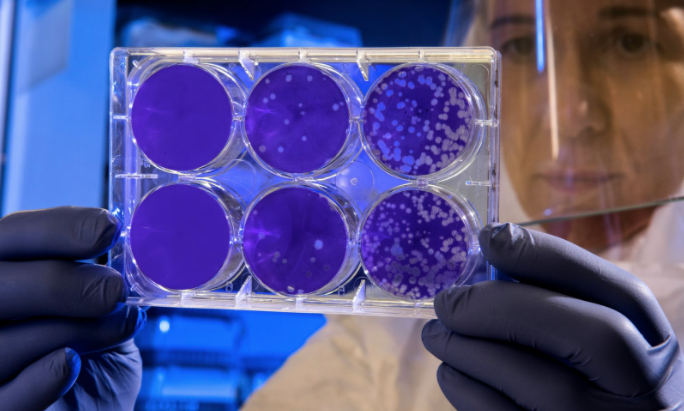“Poison Arrow” Antibiotic Research
- icshealthsciencejournal

- Jun 10, 2020
- 2 min read
“Poison Arrow” Antibiotic Research
Written By: Kandharika Bamrungketudom
June 10, 2020
An antibiotic research published by Princeton University on June 3, 2020, gives hope towards the future of antibiotic development. The “Poison Arrow” antibiotic is the name given to the working mechanism of the compound SCH-79797. This compound has been found to puncture bacterial cell walls and destroy folate, a fundamental compound in a bacteria’s RNA and DNA.
Two important findings emerged from this study. Firstly, there has been no bacterial resistance towards the compound SCH-79797 yet. Secondly, this antibiotic can target both Gram-positive and Gram-negative bacteria. This is an important finding, since in the past 20 years of research, only six new antibiotics have been approved for use, and none of them are effective against Gram-negative bacteria.
A bacterial infection can occur from two types of bacteria: Gram-positive and Gram-negative bacteria. The name given to the two broad categories is after a Danish bacteriologist, Hans Christian Gram, who developed the staining techniques. The Gram-positive stains have a thick peptidoglycan layer and no outer lipid membrane layer on the cell wall, while the Gram-negative stains have a thin peptidoglycan layer and an outer lipid membrane layer. The outer layer of the Gram-negative bacteria is the layer that protects it against the antibiotics discovered throughout the past 30 years.
After years of researching, the researchers found a way to determine the working mechanisms of the compound “SCH-79797.” They described it to be two working mechanisms that operate as one body--like an arrow coated in poison. The “arrow” works to pierce through the outer membrane of the bacterial cells, piercing through both the Gram-positive and Gram-negative cells, while the “poison” breaks apart folate within the bacterial cells.
The researchers compared the effectiveness of the SCH-79797 compound to other antibiotics by exposing a strain of bacteria to other antibiotics, such as novobiocin, trimethoprim, nisin, gentamicin, and the SCH-79797 compound. Since one reproduction cycle of a bacteria takes only around 20 minutes, there are millions of chances for a mutation to give rise to resistance. As anticipated, the bacteria developed resistance to the other antibiotics given. However, no bacteria could evolve resistance to the compound SCH-79797 yet. This compound has also been tested against the most resistant strain of Neisseria gonorrhoeae, which was taken from the WHO vault. Results show that the compound killed even the most resistant strain of N. gonorrhoeae. Thus, the name “Irresistin” was given to the compound, as to bring to light how “the SCH-79797 is irresistible.”
Although the original SCH-79797 compound kills human cells as effectively as bacterial cells, its derivative called “Irresistin-16” has been shown to kill bacterial cells 1,000 times more effectively than human cells, suggesting that this may be safe for usage in humans. Irresistin-16 has also been given to lab mice to effectively and successfully cure an infection from N. gonorrhoeae. This gives hope for future antibiotic development and usage.







Comments